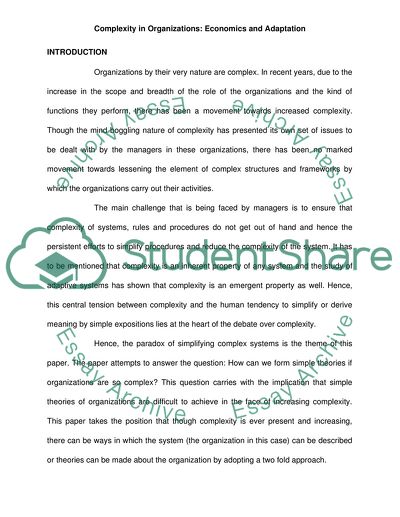Cite this document
(“Complexity in Organizations - Economics and Adaptation Assignment - 1”, n.d.)
Complexity in Organizations - Economics and Adaptation Assignment - 1. Retrieved from https://studentshare.org/macro-microeconomics/1727201-complexity-in-organizations-economics-and-adaptation
Complexity in Organizations - Economics and Adaptation Assignment - 1. Retrieved from https://studentshare.org/macro-microeconomics/1727201-complexity-in-organizations-economics-and-adaptation
(Complexity in Organizations - Economics and Adaptation Assignment - 1)
Complexity in Organizations - Economics and Adaptation Assignment - 1. https://studentshare.org/macro-microeconomics/1727201-complexity-in-organizations-economics-and-adaptation.
Complexity in Organizations - Economics and Adaptation Assignment - 1. https://studentshare.org/macro-microeconomics/1727201-complexity-in-organizations-economics-and-adaptation.
“Complexity in Organizations - Economics and Adaptation Assignment - 1”, n.d. https://studentshare.org/macro-microeconomics/1727201-complexity-in-organizations-economics-and-adaptation.


